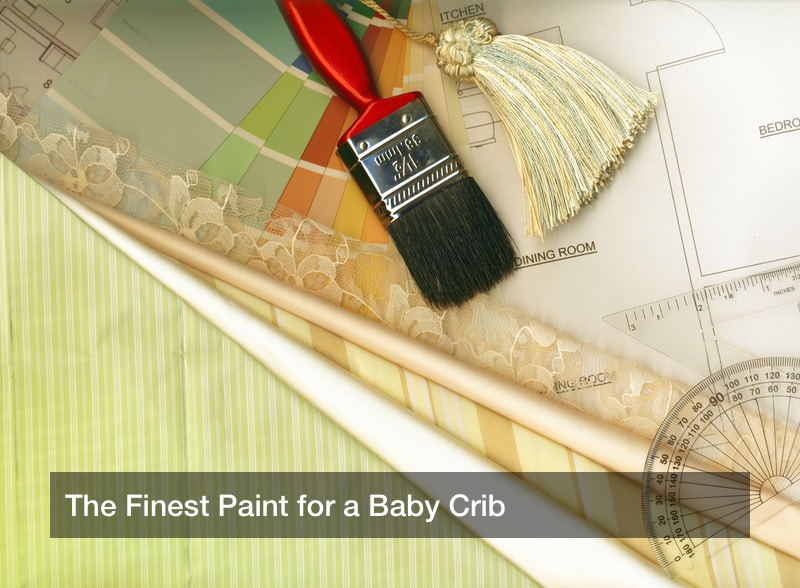
Paint has been used since time immemorial for art and decoration, going as far back as cave paintings depicting herds of wild animals of the time. Paint progresses greatly since then, from painted Roman statues to famed Renaissance and 19th century painting all the way to today’s paint. A major change over that time, meanwhile, was the composition of paint, and today’s paint is safer than ever. For a long time, harmful substances such as lead were used in paint and even medical products since people at the time did not realize how harmful lead is. Now, paint is made from safer materials, but there is still some variance. Some paint may emit VOCs, or volatile organic compounds, that may lower air quality inside a building or a home. Thus, eco friendly paint and eco friendly glues are to be desired, not to mention wall primers, wall paint, clear varnish, and even baby room paint for a crib of the walls. Some individuals have heightened sensitivity to VOCs and similar materials, so the right paints must be employed. What is there to know about air quality, and finding the right products such as clear varnish or wooden deck paint?
Air Quality Issues
Not all paints, carpets, or clear varnishes are made the same way, and some of them may emit harmful particles into the air that may cause health issues or even mental detriments. Research has been done about this, and some offices or homes today have unsafe levels of VOCs and other material that may set off allergies or even harm a person’s cognitive functions. In Sweden, the Dampness in Buildings and Health study found that children whose bedrooms had a PGE concentrations in the top 25% (of all study participants) had a 100% greater likelihood of developing asthma. These kids also had a 150% higher chance of developing eczema, and a huge 320% higher likelihood of having rhinitis. Meanwhile, the TIEQ lab at the Syracuse Center of Excellence found that office air quality may harm cognitive function. How? In this study, participants spent six weeks in an environmentally controlled office where VOC levels were reduced to 50 micrograms per cubic meter and 49 cubic feet per minute per person of outdoor air per person. On average, cognitive scores among these test subjects were 101% higher than those of people in conventional work spaces.
This applies to nearly any indoor space, and people with asthma or pregnant women may be choosy about what room they rent in hotels. A study done by the Survey Research Institute at Cornell found that 83% of travelers reported wanting to choose an allergy-free room if they could do so. Similarly, 59% of travelers would choose a hotel room over the others based on rooms being allergy-friendly. People with asthma, children, and pregnant women are susceptible to many environmental factors, including air quality. Dirty carpets or paints may contribute to this problem, so at the home, the right materials should be used. What might they be?
Paint and Clear Varnish and More
A homeowner may decide to take charge and improve the quality of their indoor air, and a pregnancy may prompt this decision in particular. Clear varnish on wood, carpets, and paint are areas to consider, and some such surfaces may in fact be removed and replaced with newer ones. A customer may visit a hardware store or even a baby supply store and ask the associates there to show them VOC friendly materials, and this can be very helpful for a pregnant woman and the baby’s room. In fact, the carpet in the baby’s room (and possibly the rest of the house) may be torn up and replaced with new carpets rated to have low VOC emissions. Babies are small and don’t walk, so they will be close to the carpet if they are not in their crib or a high chair. A baby who breathes in a lot of VOCs while that close to the carpet may suffer adverse health effects that the parents would certainly want to avoid. Good paint for the baby’s crib and other furniture may be used, and new clear varnish may be used on wooden furniture to reduce VOCs from them as well.

